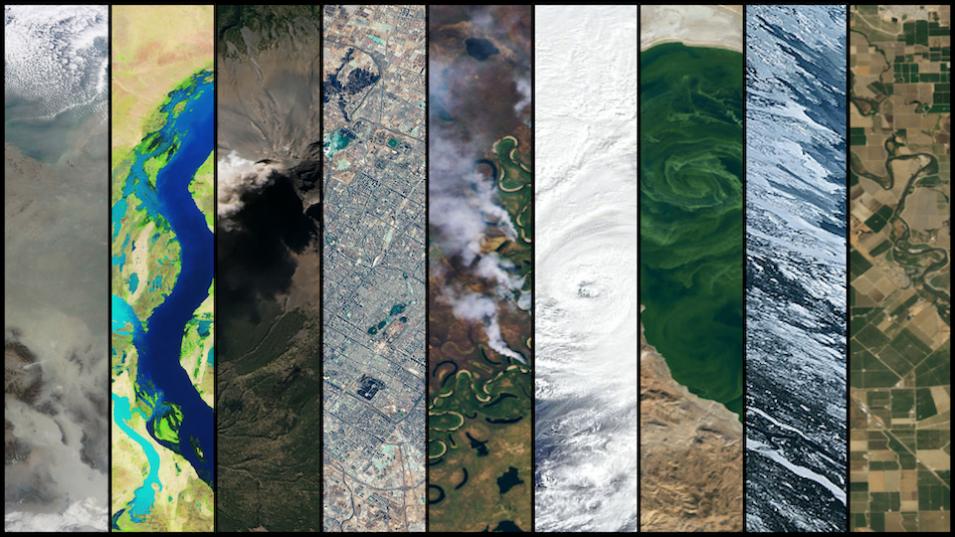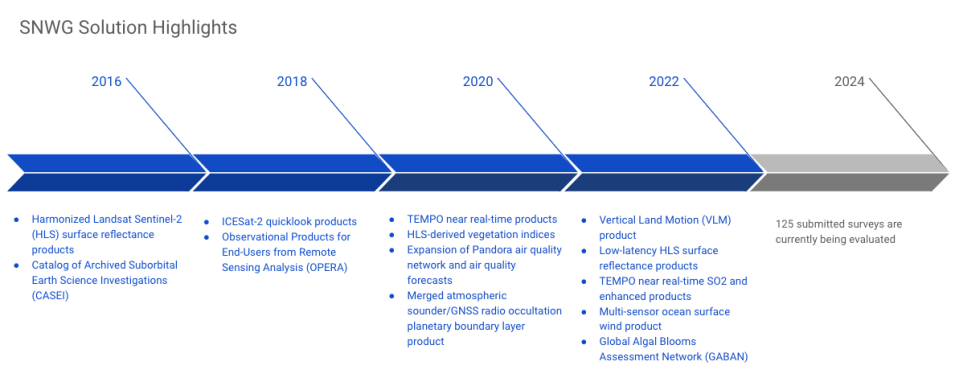The Need for Satellite Earth Observations
Earth observations collected by satellites are essential for understanding, documenting, and forecasting all of Earth’s systems, from the geosphere to the atmosphere. The responsibilities of many United States federal agencies are directly related to such systems; they monitor water quality, respond to natural disasters, maintain our national parks, model and predict the weather, protect wildlife habitats, forecast air quality, monitor our natural resources, and much more. Each of these services requires Earth observations.
The last decade has witnessed a revolution in remote sensing technology with a dramatic increase in the number and types of Earth observations. Free-data policies combined with easy access to unprecedented computing power have made satellite remote sensing more relevant than ever. While this development presents new opportunities for federal agencies to use Earth observations for the benefit of Earth, people, and countries, navigating the myriad of satellite missions and observations is not an easy task. NASA, as one of the main satellite Earth data providers to the U.S. Government, is in a unique position to assist with such navigation. Through the Satellite Needs Working Group (SNWG), NASA achieves an increase in usability and actionability of NASA Earth observation data for decision-makers and their end users, leading to greater uptake and impact of NASA data across sectors and applications.

